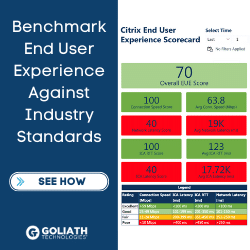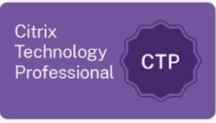IT projects are established because of a need, and can be led by IT, the business or both. Mind the gap and the reality of technology use.
Generally, the IT drivers are pretty easy to quantify. Aging hardware is more likely to fail, and it is more challenging to quickly find cost-effective replacement parts. This means that replacement minimizes potential downtime. Business drivers can be quantified if it’s a big enough project (e.g. we want customers to have a faster mobile app banking experience with more features).
But what about the internal software projects that are for the benefit of the staff (assuming these kinds of projects exist)? If not initiated for compliance reasons, are any of the business executive staff driving IT initiatives to help the staff be more productive, make teamwork easier or make project tracking and reporting more meaningful? If so, how do you quantify that stuff?
You could say that implementing online meetings will cut down on travel costs and you’d be right – to a point. That point is not the fact that some business still needs to be conducted face to face. The benefit of online meetings actually stops short of that. It stops when people stop using it, or even worse, don’t start.
It’s not uncommon for someone to get excited about a piece of technology that will ‘revolutionize’ the business, and then ask IT to implement it. The project may even extend to fancy training videos, interdepartmental competitions and corporate change consultants. All of this fanfare is for one very good reason – the business doesn’t view technology success as a smooth implementation. The business views technology as a success when it makes a difference to the business. But often that difference is hard to measure.
Mind the Gap
Despite the project team’s good intentions, we’re often still left with an ‘adoption gap’. This is the gap between what the technology CAN do and what we end up using it for. Ultimately this gap can be a huge source of frustration for the business, who have invested time and money for a perceived small to no benefit.
So who’s at fault? IT implemented the technology without fault, on time and on budget. The business provided training and support, but staff just aren’t embracing it.
Part of the problem is that we’re used to feature-based training. Here’s 5 new things that your upgraded Word software can do. Those 5 new things are useless if they aren’t put into context of how somebody does their job. Show me how 1 new thing makes this part of my day easier, every day, when I’m used to doing it another way.
Creating Successful Projects
When you bridge the gap between the technology and how someone uses the technology, you’ll see results and satisfaction skyrocket.
Staff also need to be encouraged to change business processes to squeeze the most amount of benefit out of new technology. That applies to upgrades in technology too. It’s more of a challenge for processes (or staff) that have been around for a long time. But it’s not a business process improvement if Exchange is upgraded and then you keep emailing the same way you have been since 2003. This requires the support of the greater business team though, as business processes are seldom isolated to one individual. You’ll need to get a whole team (or more) on-board if you want to try to do something differently to make a process more effective.
Constraints in budget and timeframes don’t help either. IT staff can naturally be appointed as trainers, because they had to learn the software and support it. But they may have no formal experience with training adult learners. This doesn’t mean they will do a bad job, but a qualified trainer may be more effective at breaking through the pain of change and ensuring that the technology adoption ‘sticks’ longer term.
Mind the Gap – The Small Business
Small businesses aren’t immune to this either. They have even smaller budgets and no corporate change professionals. The downside is that dissatisfaction with a technology solution can lead to trying out multiple other solutions when the problem isn’t the technology. Suddenly you’ve found that your email overload is now Slack message overload and you’ve just moved the problem.
We’re also not unlocking all the benefits from the technology we already have, because we’re used to using it in a certain way. There is no ‘Chief Productivity Officer’ driving this for existing platforms. Maybe that role would exist if productivity was a line item on the profit and loss statement? But for now, though staff may be encouraged to submit suggestions for continuous process improvement, it can be easier to keep working the way you’ve always worked instead of pushing for change.
Concluding Thoughts
I don’t think that there’s a single, magical answer for this challenge to mind the gap, but I do think that if both the business and the IT department focused on it, we’d see epic results and a much happier business executive team.














Trackbacks/Pingbacks